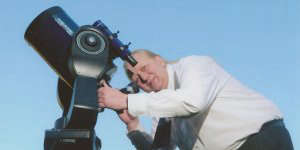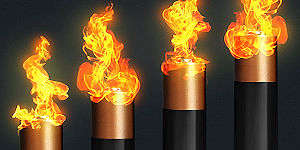
Monday 14th to Sunday 20th March 2022
On Tuesday 15th, the asteroid or minor planet 39 Laetitia reaches opposition. In practical terms, this means that the object will be the brightest it gets in the night sky. If you look towards the south east from around 11pm, the constellation of Virgo will have risen above the horizon and 39 Laetitia is located towards the top of the constellation.
This minor planet has a magnitude of +10, so a telescope will definitely be needed. The magnitude scale works backwards, or in other words, the fainter an object is, then the larger positive magnitude figure it has. You can see to around a magnitude of +6 with the naked eye so long as you are in a dark sky location. Anything with a magnitude figure larger than that requires binoculars or a telescope.
One object that definitely won't need a telescope is the Full Moon on the evening of Friday 18th! In fact, trying to view such a bright object that way can be uncomfortable as a telescope will collect too much light from it. A Full Moon is also the ultimate source of light pollution as it destroys your contrast of the night sky and makes finding fainter deep sky objects very hard - just in the same way as if you are using a location that suffers light pollution from town lights, you cannot see to magnitude +6.
Sunday 20th is the Spring Equinox in the Northern Hemisphere, where in astronomical terms, the centre of the Sun's disc crosses the celestial equator - what that means is that we have an equal period of day and night or we're half way to the Summer Solstice in June when we enjoy the longest day.
Screenshots courtesy of Stellarium
Copyright Adrian Dening and Radio Ninesprings 2022



 Adrian Dening's Stars Over Somerset
Adrian Dening's Stars Over Somerset
 New High Sheriff
New High Sheriff
 Battery Fires
Battery Fires
 Domestic Abuse
Domestic Abuse
 False Fire Alarms
False Fire Alarms
 Dog DNA
Dog DNA
 Mobile Phones in Vehicles
Mobile Phones in Vehicles









